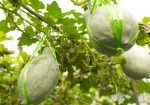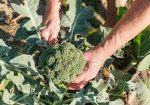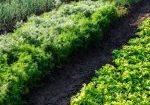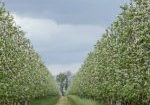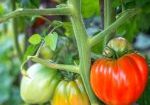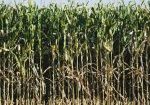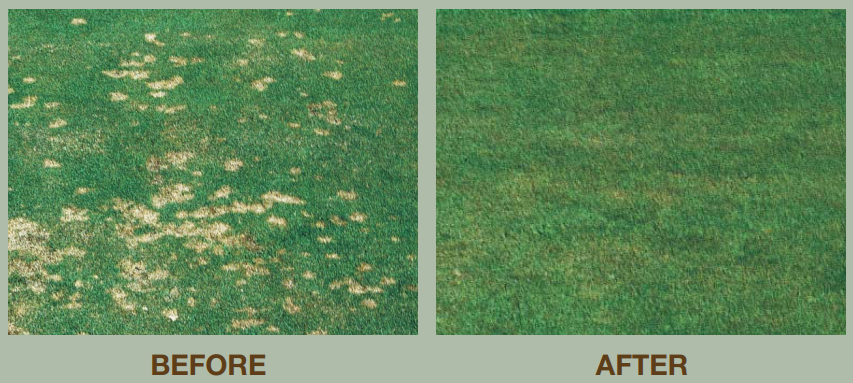
Golf courses in the United States spend tens of millions of dollars each year on fungicides to control the turfgrass disease called dollar spot. First appearing as small, unsightly spots of dead grass, the diseased areas eventually merge and cover large areas. The cause of dollar spot is a fungus called Sclerotinia homoeocarpa.
Chemical fungicides for dollar spot may someday be replaced by an organic inoculation consisting of beneficial soil microorganisms as the first choice, thanks to University of Missouri-Columbia (MU) student Matthew T. Wood, who became interested in ARS microbiologist Robert J. Kremer’s experiments on biological weed control.
Kremer discovered that the highest numbers of weed-suppressing microbes in fields were found where crops were rotated, chemicals and tillage were minimal, and organic materials, like compost, were added.
While an undergraduate, Wood and his adviser, MU turfgrass researcher Eric H. Ervin, envisioned that soil could be managed to maintain a healthy mix of microbes that would suppress growth of the dollar spot pathogen. If so, suburban lawn keepers and golf course managers could reduce the input of pesticides into the environment.
In theory, says Kremer, if microbes in the mixed cultures coexist with native soil microorganisms, applying the mixture to soil might ensure establishment of cultures that would enhance the beneficial effects of biological processes, including growth suppression of fungal pathogens.
“Our research project showed that a multiculture of compatible anaerobic and aerobic microorganisms slowed development of dollar spot on creeping bentgrass in the greenhouse,” says Kremer.
In the greenhouse experiments, eight weeks after bentgrass seeding, Sclerotinia had infected less than 1% of the turf in the pots that contained six parts sand to four parts microbial solution. But in the control pots, containing only sand (90%) and peat (10%), 19% of the turf became infected.
As principles of microbial effects on disease and weed suppression are learned, says Kremer, the potential for increasing the production and use of microbial organic amendments may be realized. Recyclable materials to support microbial growth are abundant.
This research is part of Soil Resource Management and Crop Protection and Quarantine.
Robert J. Kremer, USDA-ARS Cropping System and Water Quality Research Unit, University of Missouri, Department of Natural Resources.




